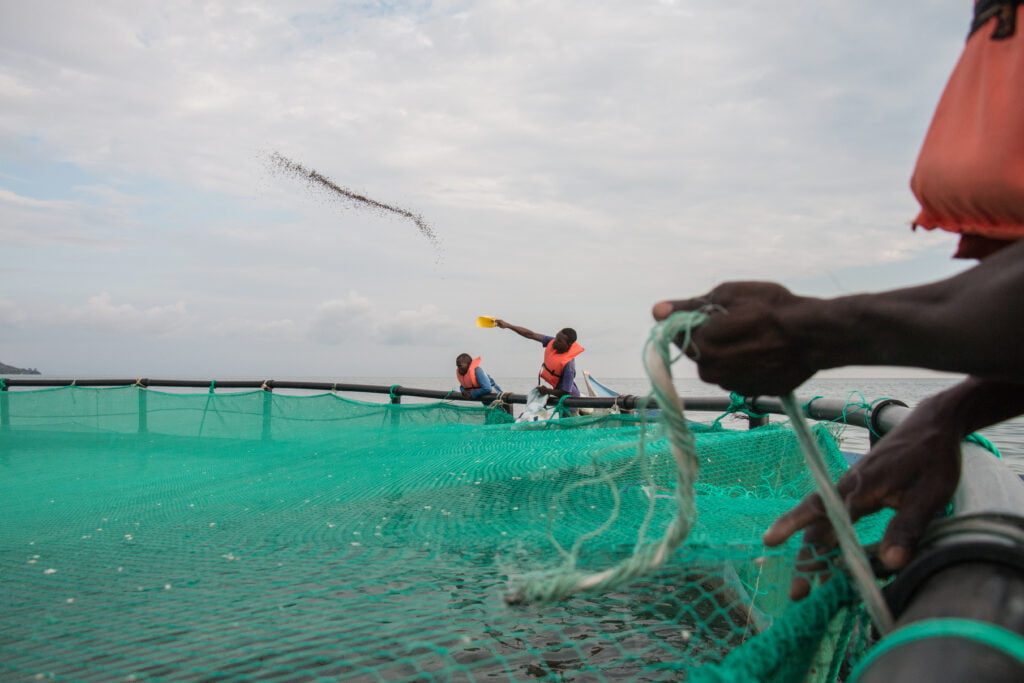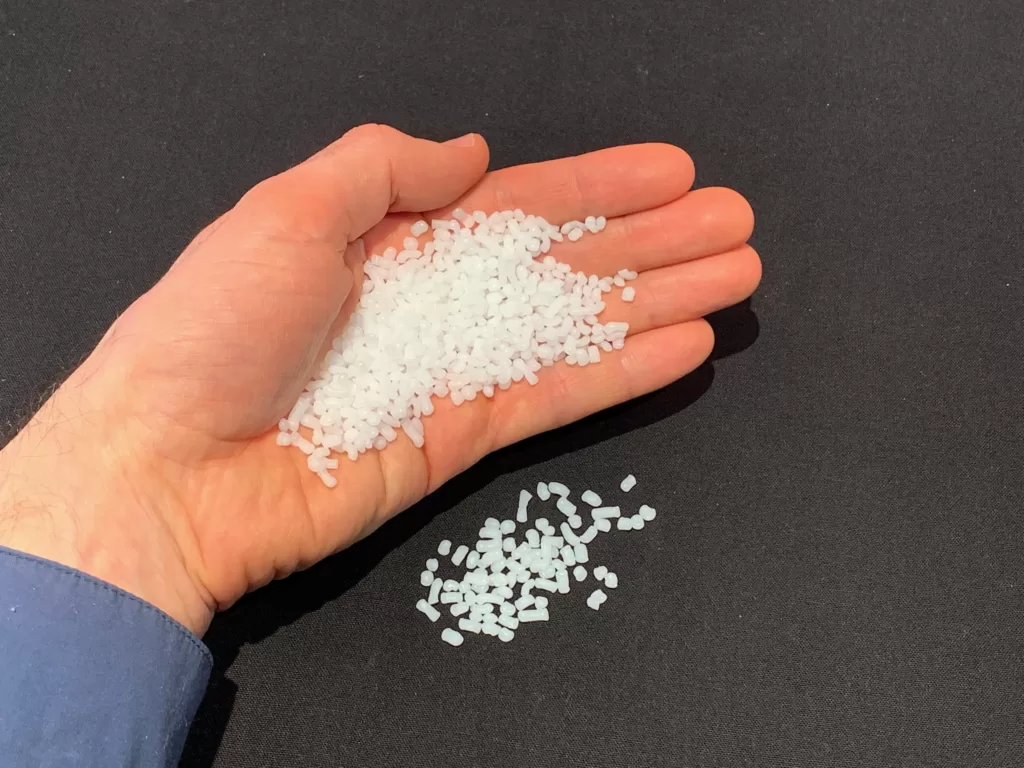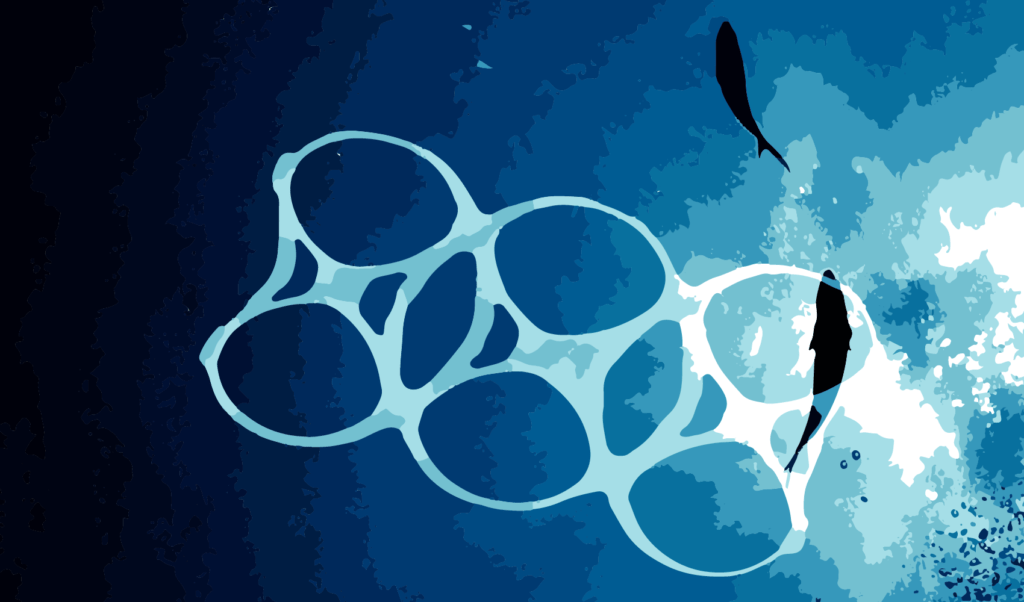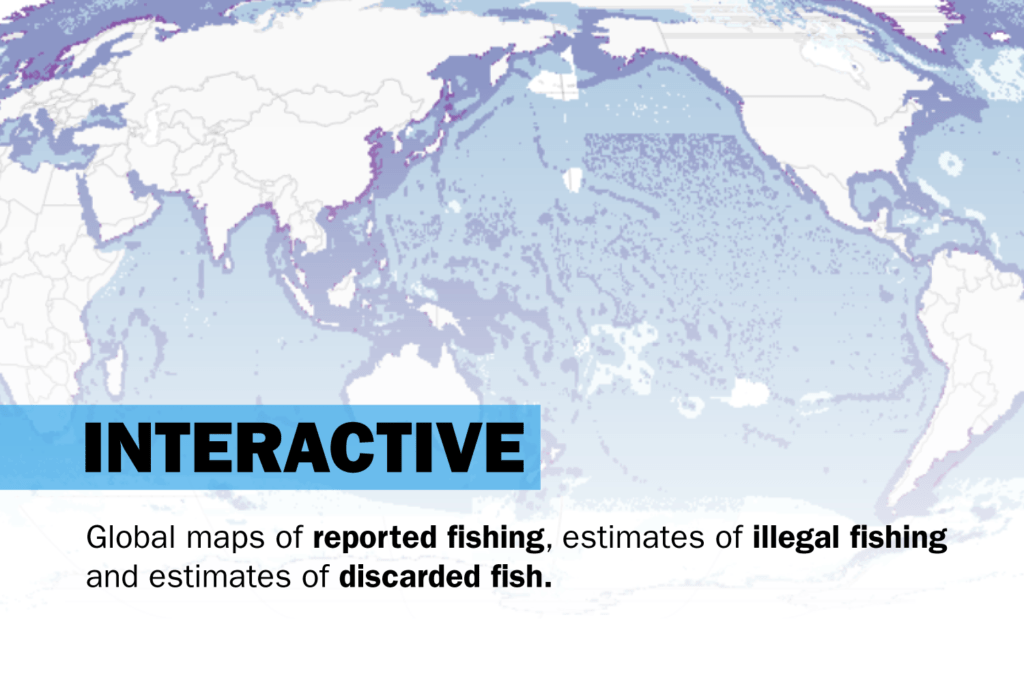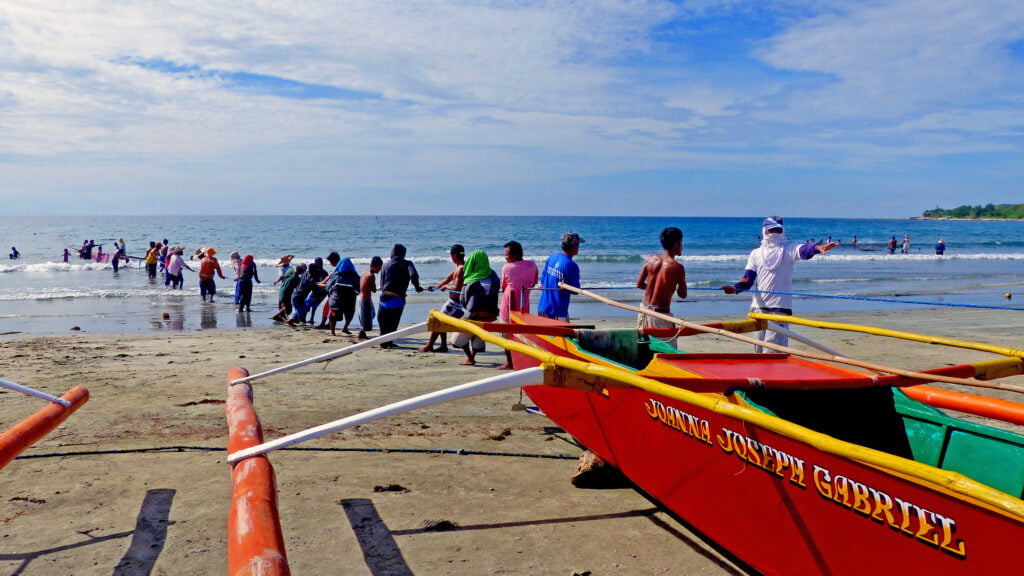Shipping and sonar bombard the ocean with noise and disrupt fish communication and behaviour. Countries need to work together to restore the quiet of the deep.
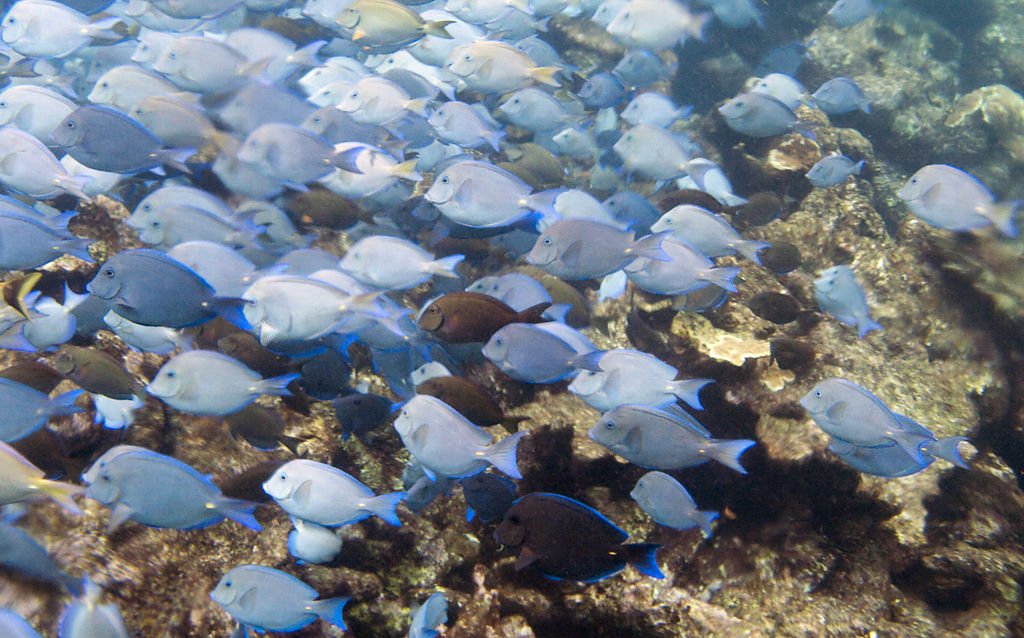 The cumulative effects of ocean noise almost certainly lead to overall catch declines. : Tony Hisgett CC BY 2.0
The cumulative effects of ocean noise almost certainly lead to overall catch declines. : Tony Hisgett CC BY 2.0
Shipping and sonar bombard the ocean with noise and disrupt fish communication and behaviour. Countries need to work together to restore the quiet of the deep.
The boom of sonar, the roar of propellers and the whine of drills as they rip into the seabed – humans pound the ocean with noise. These alien sounds distort marine soundscapes and affect fisheries in many ways. Local catches change straight away as noise disrupts fish behaviour and communication, and in the long term, fish stocks are likely to decline. Better regulation and international cooperation are needed to dull the racket.
In an area off the Norwegian coast exposed to airgun noise from seismic exploration, catch rates of cod in long-line fisheries reduced by 55 to 80 percent. Meanwhile, bycatch of cod in trawl fisheries for saithe increased threefold. Noise from seismic surveys reduced long-line catch rates of both Greenland halibut and haddock by 16 to 25 percent but doubled gillnet catch rates for Greenland halibut and redfish.
The noisy conditions may cause fish to stop feeding and miss the long-line baits but then move into deeper water and get entangled in gillnets and bottom trawls. Catch rates may also change when human-made noise affects the predators and prey of target fish species. When Ambon damselfish were exposed to passing boat noise, they were consumed more than twice as quickly by dusky dottybacks.
When captive grey seals were exposed to tidal turbine and pile-driving sound playback, they kept foraging in high-density patches of herring and sprat but foraged less in low-density prey patches.
Fish rely on natural sounds for several critical life functions, including attracting mates, finding prey, avoiding predators and navigating dark or cloudy waters. Many fish species also communicate with calls to synchronise foraging, schooling, spawning and migratory activities.
Human-made noise deters fish from an area, disrupts their behaviour and masks important acoustic cues. Noise may also increase fish stress levels and energy expenditure, leading to smaller fish that mature more slowly. Theoretical models show this could mean long-term catch declines. New insights from empirical studies are critically needed here.
Different human activities produce different types of sound, which affect fish in different ways. Noise can be continuous, such as shipping noise, or impulsive, such as seismic shooting and pile-driving. Continuous sounds may lead to more acoustic masking, while impulsive sounds cause more disturbance. When captive European seabass were exposed to both continuous and impulsive sounds, they recovered from their diving response more slowly after they were exposed to impulsive sound.
The good news is noise pollution may be easier to solve than other types of pollution: once the source of the noise is gone, the problem disappears.
Regulations could encourage industries to use technology to reduce unintended noise in offshore activities such as shipping and pile-driving.
The shipping industry could devise quieter propellers, travel at slower cruising speeds and chart routes away from ecologically critical areas. In some countries, pile-driving operations must encase the pile with bubble curtains to muffle the noise.
Activities such as seismic surveys and navy sonar produce loud sounds intentionally. Incentives could encourage companies and the military to continuously develop novel technologies to replace noisy practices. For example, as an alternative to seismic air guns, oil and gas explorations can be made with marine seismic vibrators on the ocean floor, eliminating potential impacts on fish in the water column.
These devices also produce more continuous noise with a narrower frequency band, which may reduce the negative impacts on sea life as it will be heard by fewer species.
Human-induced soundscape change occurs across the globe, so more concerted efforts and collaboration among countries and governing bodies are essential to tackle the issue and improve human stewardship of the ocean.
Few high-level international policy initiatives explicitly recognise human-made noise as a problem for marine life – this needs to change.
Climate change has had many well-documented effects on the ocean, such as warming waters. It has changed the ocean soundscape too. Noisy cyclones and tropical storms are more frequent, and noise-insulating Arctic sea ice cover is shrinking.
Extreme weather events may also degrade marine habitats with high bio-acoustic diversity and importance, such as coral reefs. Warmer waters allow human-made noise to travel faster and further. Limiting climate change will help reduce the problem of ocean noise along with the many other environmental issues it has brought in its wake.
Humans increasingly exploit the ocean as an economic resource, so it’s more important than ever for societies to manage the ‘blue economy’ responsibly. Calming our noisy oceans is one way.
YY Neo is a postdoctoral researcher and project coordinator at Leiden University studying underwater noise pollution and the combined effects of noise and light pollution.
HW Slabbekoorn is an associate professor at Leiden University with expertise in animal behaviour, urban ecology, and impacts of noise pollution on wildlife in both terrestrial and aquatic systems.
The authors declare no conflicts of interest.
Originally published under Creative Commons by 360info™.


